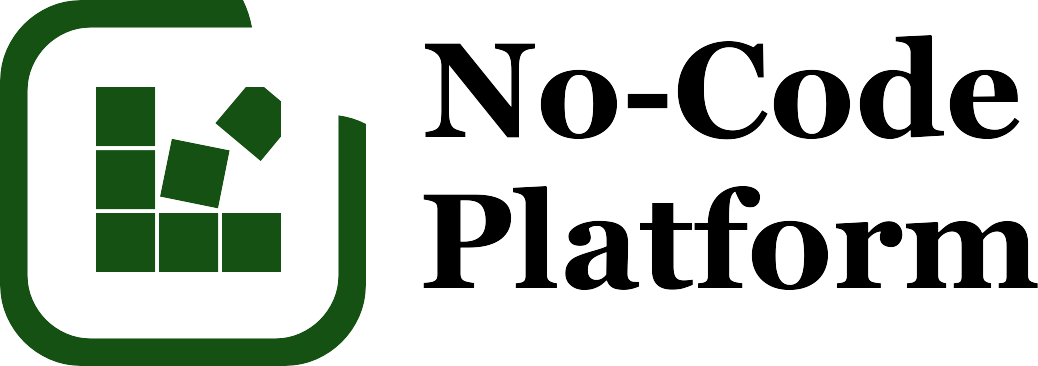How No-Code platforms are bridging the digital skills gap
In the digital age, one of the significant challenges businesses face is the digital skills gap. With rapid technological advancements, finding professionals equipped with the right skills can be an uphill task. Enter no-code platforms - a game-changer in the technology landscape that's making strides in bridging the digital skills gap. But how exactly is this happening? Let's delve deeper.
The Digital Skills Gap – A Growing Concern
According to the European Commission, by 2020, nearly 90% of jobs in career areas like marketing, engineering, and medicine will require some level of digital skills. Yet, there's a global shortage of individuals with these skills. This disparity between the digital skills needed and the talent available creates a significant gap.
The Emergence of No-Code Platforms
The traditional route to build an application or software involves coding, which requires a specific set of skills and extensive training. No-code platforms, however, provide an opportunity for non-technical individuals to create software or applications using visual interfaces, which involves dragging and dropping components to build functionality.
No-code platforms empower users with no programming experience to create complex and functional applications. This user-friendliness makes these platforms an ideal tool for closing the digital skills gap.
No-Code Platforms and Digital Inclusion
In a digitally-dependent economy, the significance of digital inclusion cannot be overstated. Digital inclusion involves providing equal opportunities to all individuals, irrespective of their technical prowess, to leverage digital tools.
No-code platforms play a pivotal role in fostering digital inclusion by making technology creation accessible to all. These platforms democratize app and software development, allowing people from diverse backgrounds to create, innovate, and problem-solve. Thus, they are critical tools in bridging the digital skills gap.
Real-World Impact of No-Code Platforms
Companies worldwide are leveraging no-code platforms to streamline operations, improve customer experience, and drive innovation. For instance, in the education sector, these platforms enable teachers with no technical expertise to create applications to enhance learning experiences.
Similarly, in business settings, non-technical employees can leverage no-code platforms to create business process applications, reducing dependency on IT departments and accelerating digital transformation.
The Future of No-Code Platforms
The future is bright for no-code platforms. According to Gartner, by 2024, low-code and no-code application development will be responsible for more than 65% of application development activity.
As businesses grapple with the ever-increasing need for digital solutions and the persistent skills gap, no-code platforms will be instrumental in driving digital innovation and inclusivity.
Conclusion
In the race to close the digital skills gap, no-code platforms are proving to be a powerful ally. By democratizing the process of software development and fostering digital inclusion, these platforms are set to redefine the technological landscape in the years to come.
Stay informed, subscribe now! |
by
Daniel
